|
A group of East Indian Indentured labourers who were brought to Trinidad from India in 1845. Indian Arrival Day, celebrated on 30th May, commemorates the arrival of the first Indian Indentured labourers from India to Trinidad, in May 1845, on the ship Fatel Razack. The Fatel Razack brought not only a new labour force to assist in the economic development of Trinidad, but also a new people with a new culture .
HISTORY OF THE EAST INDIAN ARRIVAL IN TRINIDAD AND TOBAGO Author : HISTORIAN ANGELO BISSESSARSINGH ( HMG) The 143,939 Indians who arrived as indentured immigrants to Trinidad during the period 1845-1917 came from a society that was elaborately organised since ancient times. The period of indentureship was not like African slavery, with commencement and termination dates; instead after 1850, indentured and time-expired Indians co-existed, each contributing to and affecting the other’s lifestyle. Some lifestyles that were brought by the Indians to Trinidad are agriculture, food, religion and education. When the first group of indentured Indian immigrants numbering 213 came to Trinidad in 1845, they entered a cosmopolitan society, which, according to a Secretary of State, ‘was divided into castes as strongly marked as those of Hindustan’. It consisted of people of English, French, Spanish and Portuguese descent, in ‘the basic three-tier structure of 19th century Creole society, stratified according to the color and ethnicity as well as wealth. East Indians faced many challenges in the West Indies. Although the Indentureship system was not supposed to mirror that of slavery, it did in many ways. The Indians were now faced with a language barrier. Many were converted to Christianity. Living conditions were poor and life was generally difficult. However, this did not stop East Indians from making their mark on the culture of Trinidad. Many held on to their traditions and customs with their families. They persevered, toiled the land and ensured that their children were educated. Today, Indo-Trinidadians are professionals in the fields of Business, Science, Medicine, Law, Culture, Economics, Education and even Politics. Due to the magnificent contributions of all ethnic groups to the development of the society of Trinidad and Tobago, the Government declared, in 1995, that May 30th be Arrival Day, a public holiday to mark the coming of the East Indians and other groups to our country. May God bless our ancestors for toiling and paving the way for our lives to be as beautiful as it is today - rich and vibrant cultures fusing to make what we know as, Trinidad and Tobago. Source:Part in a series of articles written by Angelo Bissessarsingh on East Indian Indentureship period.
0 Comments
A Dominican Sister with female lepers at Chacachacare in the early 1930s. On December 29, 1921, acting Governor of T&T, T A V Best, proclaimed Chapter 8 of Ordinance 42 before the Legislative Council in the Red House. The idyllic holiday homes and simple farmer-fisherman lifestyle of the island of Chacachacare was changed forever, for this piece of legislation immediately appropriated all land thereupon (except that belonging to the Roman Catholic church) to be property of the Government and orders were issued for all inhabitants to clear out forthwith.
This draconian move was intended to clear the space for what would become known as the “Molokai of the Caribbean,” that is to say, a leper colony. In the months following the declaration, the Public Works Department began a massive construction drive which saw an entire village being established at Sander’s Bay, complete with a bakery, mess hall and administrative offices as well as an infirmary. Male and female inmates were to be lodged separately, the latter in small cottages. There were chapels as well for the Roman Catholic and Anglican faiths with a small Hindu mandir being added later. A Delco plant provided electricity to some of the buildings, while the patients’ quarters had to make do with kerosene lamps. As the facilities neared completion, the transfer of patients from the Cocorite Leprosarium (in service since 1845) began under the supervision of the police to ensure that none would attempt to escape the enforced exile that awaited them on the desert island where as ever, water was so scarce, it had to be carefully hoarded in large concrete cisterns. One interesting situation that arose from the movement of the first patients is that those who were only mildly affected by the disease were transported first. They worked alongside the Public Works labourers in the building process and received a small wage for their services. As detailed in one of my earlier articles on the Cocorite Leprosarium, the lepers had been cared for since 1868 by Dominican nuns from France. Their selfless devotion did not now wane in the face of the transfer and they intended to follow their charges thither. A convent and chapel dedicated to Our Lady of the Rosary were built at Marine Bay and perched on a steep incline. To get to the settlement at Sander’s Bay would entitle a strenuous row in an open boat and every evening upon completion of their duties, the sisters would face a brisk climb to their quarters. The relocation of these valiant Sisters began in September 1926 and not without some sadness, since the Reverend Mother Thomas Nigay, who had loyally served at Cocorite since 1890, died before the move after a long illness. There was further grief upon arrival at Chacachacare since Prioress Mother Marie was dying and would breathe her last on the island three months later. Her remains were the first laid to rest in the little cemetery of the nuns on the island where in the coming years, others would join her, having given their lives in the service of the sick. A motor launch servicing the leper colony was named in Mother Marie’s honour. The official inauguration of the new “Hansenian Settlement” was performed on November 18, 1926, the last patients and their caregivers having arrived barely a month before. This final batch of lepers were those who had been so ravaged that they could not walk and had to be carried about on stretchers. It is quite difficult now to appreciate fully the feelings of those who moved to Chacachacare. For the patients, it would mean that there would nevermore be contact with family and friends except by the occasional letter. Whatever emotions the Dominican Sisters felt must have been quickly suppressed, for they plunged into their duties with no delay. In time, it became obvious that in order to ensure the proper care of the most incapacitated patients, a night shift would have to be initiated at the infirmary in Sander’s Bay. Once again, the brave nuns were ready to assist and a small hostel was prepared for those who chose to work overnight rather than return to the convent. Dr Ferdinand De Verteuil, a hard-working physician from an old Trinidadian family, acted as medical superintendent on the island until the arrival of Dr Welch, an Englishman, on October 10, 1926. It is interesting to note that the superintendent was housed in one of the old holiday homes at Rust’s Bay along with his family that included several small children. Credit : Angelo Bissessarsingh (2016) The Tobago Emergency Management Agency (TEMA) advises citizens to be cautious while in around the Atlantic coast of the island.
TEMA advises citizens, to be cautious while in and around the Atlantic coastline of the island, as the coastline has been significantly affected by sargassum. Trinidad and Tobago author Samuel Selvon was honoured with his very own Google Doodle on his birthday, May 20, 2018. Selvon grew up in South Trinidad and migrated to the UK in the 1950s alongside the Windrush generation, where he wrote iconic books such as 'A Brighter Sun' and 'The Lonely Londoners'. Selvon, who passed away in 1994, is the first Trinbagonian writer to be given a Google Doodle. Google said Sunday's Google Doodle by guest artist Jayesh Sivan "depicts Selvon and other members of the Caribbean migrant community set against the backdrop of London, which served as the inspiration and setting for much of his works". Novelist, poet, and playwright, Sam Selvon started writing during his spare time while working in the oilfields, serving in the Royal Naval reserve, and writing for newspapers and literary magazines.
In his early twenties, he wrote and published several short stories and poems in his native Trinidad. However, it was his move to England in 1950 which set the stage for his career to blossom. Drawing from his personal experiences as an immigrant, Selvon published his pioneering novel “The Lonely Londoners” in 1956. In it, he gave the unique Caribbean creolised English, or "nation language", a narrative voice of its own on an international stage. “The Lonely Londoners” was later followed by two more London-based novels: “Moses Ascending” (1975) and “Moses Migrating” (1983), both of which continued the saga of Caribbean immigrants and their experiences in London. Source: The Loop May 21, 2018 Some of the centuries-old china and glassware found in 1939 in a hut at Studley Park In the 18th century, the quip ‘AS RICH AS A TOBAGO PLANTER’ was bandied about in England to describe someone of great wealth. This was no idle comparison either, since the island was one of the most coveted in the West Indies, constantly being fought over by the English , Dutch and French, and covered in plantations which produced over two million hogsheads of sugar annually. Before Emancipation in 1834, the Tobago planters resided in magnificent houses perched atop breezy hills overlooking waving canefields, their every physical need seen to by an army of slaves. The furnishings of the houses were of the best, porcelain from China, Dresden , crystal from Venice and the like. After apprenticeship ended in 1838, things changed only marginally since Tobago (unlike Trinidad) had no arable crown lands for ex slaves to squat upon, so unless they emigrated, the emancipated Tobagonians had no recourse but to return to the estates to work for wages. The system of sharecropping or metayage was introduced to keep the sugar estates in business and this lasted until the last shreds of Tobago agriculture were destroyed by Hurricane Flora in 1963. The turning point in the fortunes of Tobago planters occurred in 1847 following a severe hurricane which caused extensive ruin. A few months later, the West India Bank in the UK collapsed. This was almost the sole source of financing for all the estates in Tobago. Estate owners were left without the means of paying for goods and services since many, despite their extravagant lifestyles, existed on credit. A few old families like the Croooks, Hamiltons and Youngs bit in and struggled with their dilemma. The rest simply abandoned their holdings lock stock and barrel and the once palatial great-houses were plundered by the metayers and other common folks for their contents which is where the story becomes interesting. Fast forward to 1939 when two Americans, Heath and Jefferson Bowman are on a long vacation in the great-house of Terry Hill Estate. A detailed story of their stay exists which shows in clear evidence that Tobago society and its stratifications had evolved very little since Emancipation over a century earlier. Their friend, Debbie Currier informed them of a treasury of 18th century porcelain, pewter, silverware and crystal which could be found carefully preserved in some of the poorest homes in Tobago, those of the descendants of the metayers. The systematic dismantling of the abandoned estate housing following the crisis of 1847 had yielded for the simple, gentle and rootsy Tobagonians a booty of crockery and napery fit for nobility. Some of it had been bought up by Mrs. Hamilton (of one of the old clans who survived the 1847 crisis) who lived at Greenhill. The collection included the finest Bohemian, hurricane lamps with delicate glass shades three feet tall and shilling-mugs all of 18th century vintage. Inspired, the Bowmans tackled some of the older families in and around Studley Park estate where many were able to trace their roots back to slavery. In one house, they were able to acquire two plates of T.Godwin Burnselm Stone China which came from one of the best manufactures of the period as well as a large willow china serving dish, all in mint condition. The lot cost them two dollars which would be about a couple hundred dollars or so in present value. In a shack near Studley Park occupied by a stately old woman and her grandchildren was a rough board shelf breaking with treasures. Not only were there the famous shilling mugs but also a china trinket box, willow porcelain plates and best of all, a delicate china figurine of 17th century origin depicting Rosalind, a Shakespearean character. The whole lot was acquired for a dollar and some change which was one of the ironies of the whole set of crockery discoveries ….the Tobagonians had preserved these rare and delicate items in mint condition for near upon a century though completely oblivious and unaware of their true value, yet they were willing to part with them for peanuts. In this way, most of the heirlooms of Tobago were lost. Some bits and pieces still exist in private homes as I have seen for myself, but the bulk was sold and left the island. The Bowmans acquired a few other pieces and left the island. A small and poor sample of the treasures which may have been can be seen today in the Tobago museum at Fort King George, the fine china reminiscent of an era long gone. Author : Historian Angelo Bissessarsingh. The hut at Studley Park in 1939 which concealed a treasury of antiques
 He is a Trinidadian who’s company has been very successful working with many international companies, providing foreign translations for worldwide use. He is Bill Labbon, who during his 30-year journey, went from playing football and cricket on the streets in Dinsley Village, Tacarigua, to entrepreneur, technologist and experienced management professional, and now runs a successful translations company in the United States. Labbon’s company, Foreign Translations (FT), is based out of Charlotte, North Carolina (NC). After graduating from St Mary’s College in 1986, Labbon left to further his education in the US. His academic achievements began with the securing of his AS - Electronic Engineering degree from Columbus State in Ohio, then he moved to Florida and completed a Bachelor of Science (BSc) degree in Computer Information Systems (CIS) at the University of South Florida (USF) in Tampa, Florida, after which in the summer of 1996, he graduated summa cum laude from the College of Engineering at USF. From there Labbon joined corporate America, working his way up in various supervisory and managerial positions in information technology, working in telecom, retail, software, and the financial industries. Labbon worked at several major corporations including Fortune 100 companies like Accenture and Bank of America, completed manager training workshops over the years, and holds a Six Sigma Green Belt Certification. He is also a 2017 graduate of the SBA Small Business Leaders Programme. Given his decades of management and leadership experience, Labbon made a decision in 2015 that it was time to work on his own company. His search took him to foreign translations, a B2B (business-to-business) provider of translation services based out of the Carolinas since 1998. Labbon bought the company in 2015 and has since been owner and president of FT. He said: “Growing up in Trinidad I was fortunate to see first-hand global diversity at its best. “I lived in a traditional East Indian home, attended a Presbyterian primary school and the Catholic high school. My closest friends and neighbours were from diverse backgrounds, and my experience at universities in the US was very much the same. “People and their culture have always been fascinating to me and whenever possible, I enjoy travelling to other places and countries to experience this first-hand.” At FT Labbon said clients are offered a range of translation services allowing them to communicate to their own customers or employees in their target or desired language. He also said a core staff is employed and works with over 100 seasoned linguists all over the world, utilising native speakers to deliver solutions for clients from any language, to any language. “I feel excited and privileged to be part of the translations industry, a truly complex, multi-cultural, multilingual and globally-focused field of work,” said Labbon. He realises that quality and customer focus are the top priorities in delivering to clients, words that his team at FT live by daily, he said. This philosophy has earned FT recognition as one of the Best Entrepreneurial Companies in America by Entrepreneur magazine’s Entrepreneur 360 list for two consecutive years, 2016 and 2017. Labbon resides in Huntersville, NC with his wife and children and returns to Trinidad as often as he can. When not at work, he enjoys spending time with his family, nature and the outdoors, biking, golfing and still follows the world of football and cricket. Source: Newsday, May 15 TT’s Jennifer Rahim is the winner of the 2018 OCM (One Caribbean Media) Bocas prize for Caribbean Literature.
Rahim was announced the winner during a ceremony, one of the highlights of the NGC Bocas Lit Fest, last night at the Old Fire Station in Port of Spain. She was also awarded US$10,000. In a press release, Bocas stated that the judges’ choice was between Rahim’s collection of short stories, Curfew Chronicles, and Madwoman by Jamaican Shara McCallum. As poetry winner, McCallum received an award of US$3,000. It said Curfew Chronicles was a series of linked short stories featuring characters from all levels of society, unfolding over a 24 hour period during a fictionalised version of the 2011 state of emergency. “This must surely rank as one of the most ambitious books ever attempted by a Caribbean writer. The philosophical, moral and religious themes and ideas put forward about community in all its many manifestations are lightly, deftly handled... Readers are rewarded by moments of sheer grace; and numinous revelations at every turn,” said Lorna Goodison, chief judge of the prize. Rahim is a widely published poet, fiction writer, and literary critic. She published a book of short fiction, Songster and Other Stories in 2007, and a collection of poetry, Approaching Sabbaths, in 2009. Approaching Sabbaths was awarded a 2010 Casa de las Américas Prize. Source: T&T Newsday April 29, 2018. |
T&T news blogThe intent of this blog is to bring some news from home and other fun items. If you enjoy what you read, please leave us a comment.. Archives
June 2025
Categories
All
|
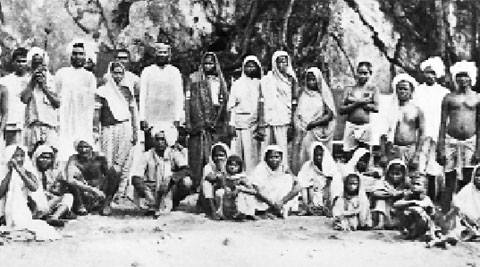
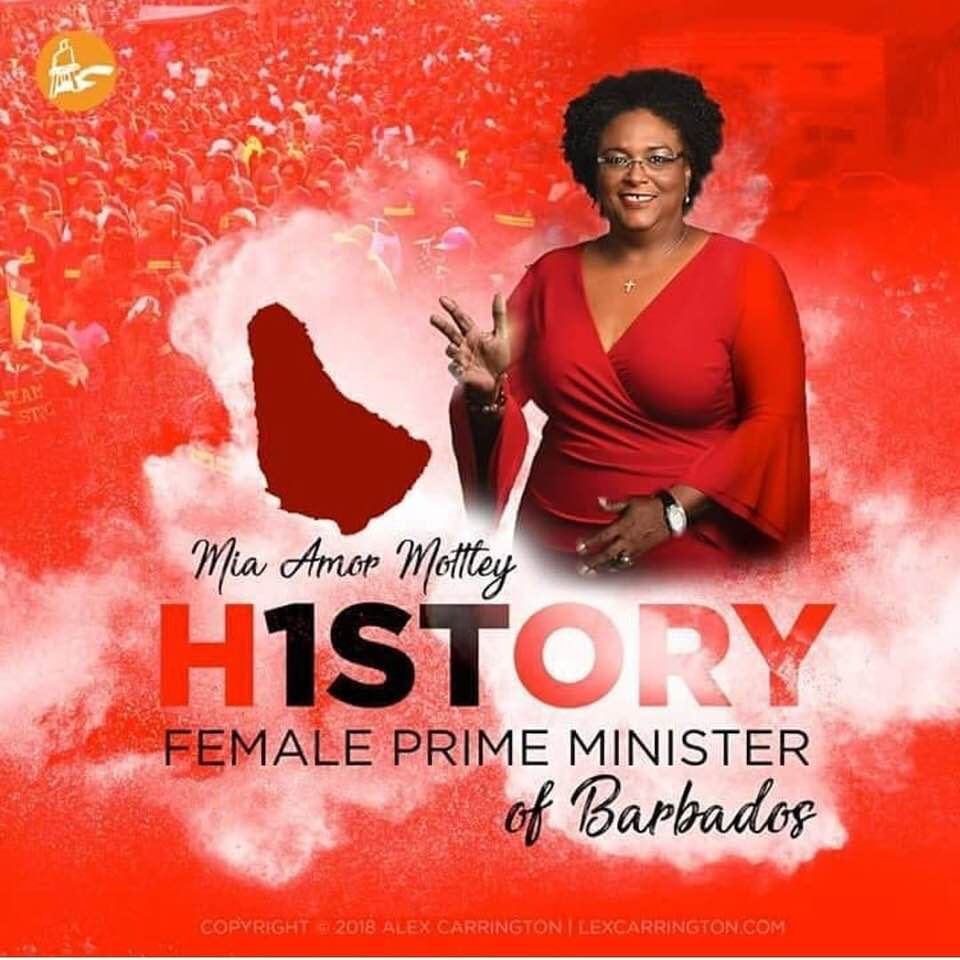
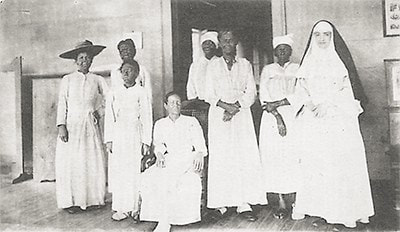
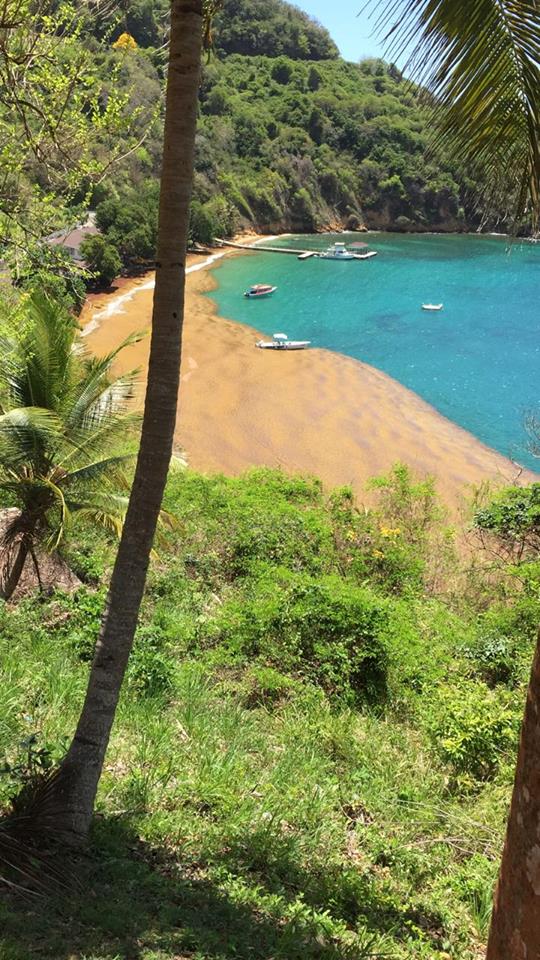

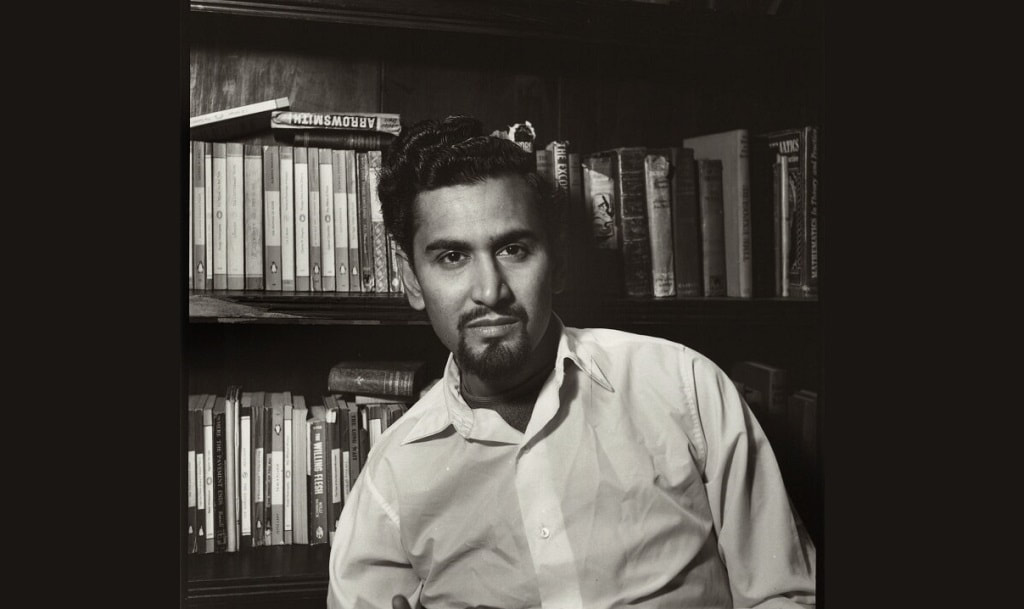

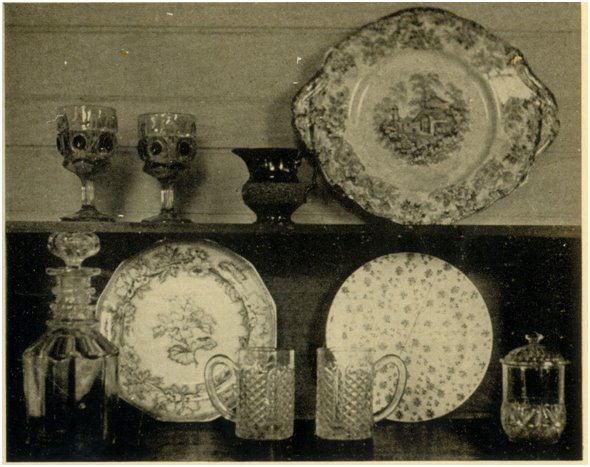
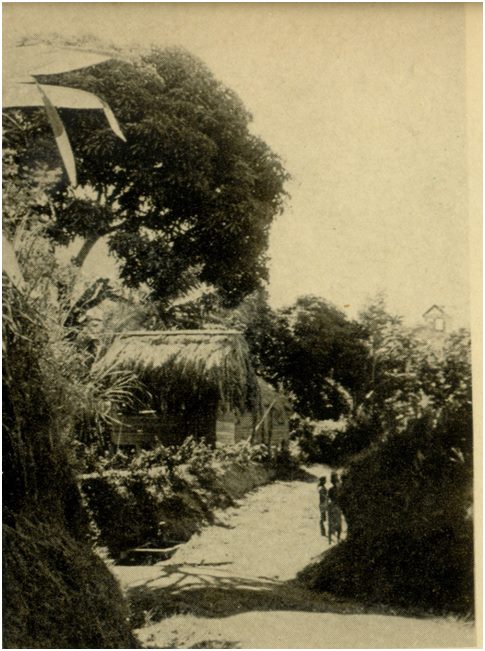
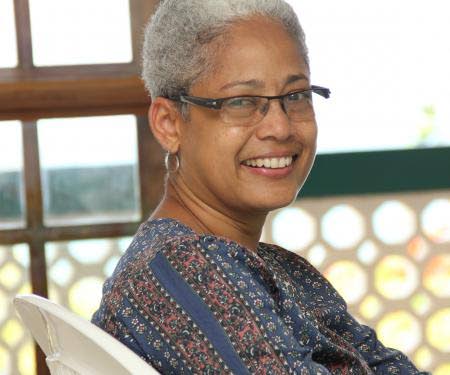

 RSS Feed
RSS Feed